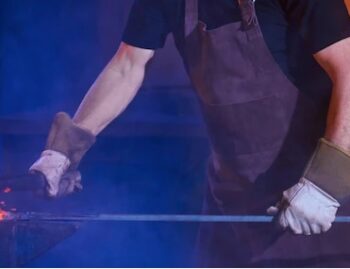
The energy efficiency of ZAES needle valves is a crucial issue in the field of fluid mechanics, as these valves play a key role in the control of liquid and gas flows in a wide variety of industrial applications.
Here we will address the key concepts related to the energy efficiency of needle valves, including their design, operation and how to maximise their energy efficiency.
Introduction to needle valves:
Needle valves are used in applications where precise flow control is required. Their design consists of a conical stem that fits into a conical seat. The conical shape of both parts allows very fine adjustment of the flow, making them ideal for situations where precise and stable flow control is required.
Operation of needle valves:
The basic operation of a needle valve involves raising or lowering the tapered stem within the tapered seat to change the opening through which the fluid passes. As the stem is raised, the opening is reduced, which decreases the flow, and vice versa. This allows very precise control of the flow of liquids or gases, which is essential in many industrial and laboratory applications.
Factors affecting the energy efficiency of needle valves:
-
- Pressure drop:
Pressure drop refers to the pressure drop that occurs when a fluid passes through a valve. In the case of needle valves, due to their conical design, these losses can be significant. To improve energy efficiency, it is important to minimise these losses through proper design and the use of appropriate materials.
-
- Reynolds number and Mach number:
The Reynolds number is a parameter that describes the type of flow of a fluid in a pipe, either laminar or turbulent.
The Mach number refers to the speed of the fluid relative to the speed of sound.
Both numbers are critical in determining the flow behaviour through a needle valve and must be considered in its design to avoid inefficiencies.
-
- Materials and surface finish:
The choice of materials and the surface finish of the valve can have a significant impact on its energy efficiency. Smoother surfaces, such as those obtained by proper polishing, will reduce friction and thus reduce energy losses in the flow.
-
- Valve size:
The choice of valve size is critical to ensure efficient operation.
A valve that is too small in relation to the required flow rate can lead to excessive head losses, while one that is too large can result in ineffective flow control and thus energy inefficiency.
Strategies to improve the energy efficiency of needle valves:
-
- Appropriate design:
An optimal needle valve design must balance accuracy of flow control with minimisation of head losses.
This involves the selection of suitable geometries and materials that reduce friction and prevent cavitation (formation and collapse of vapour bubbles in the fluid).
-
- Head loss control:
Design techniques, such as reducing seat taper or using replaceable seats, can be implemented to reduce pressure losses in needle valves.
-
- Automation:
The automation of needle valves through advanced actuators and control systems allows for continuous and precise flow adjustment, which can significantly improve energy efficiency by keeping the flow at the required levels on a constant basis.
-
- Regular maintenance:
Needle valves must be regularly maintained to ensure optimum performance over time.
This includes cleaning of components and inspection for possible wear or damage that may affect energy efficiency.
In summary, the energy efficiency of ZAES needle valves is essential in applications where precise flow control is required.
Careful design, selection of appropriate materials and consideration of factors such as pressure drops are key to maximising efficiency and reducing operating costs in industrial and process systems.
At ZAES we always try to help you as it is crucial to keep needle valve systems in perfect working order, ensure regulatory compliance and improve efficiency and safety in various industries and applications.









